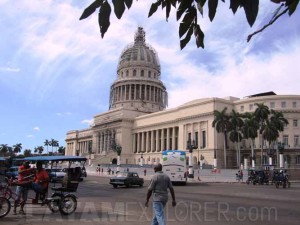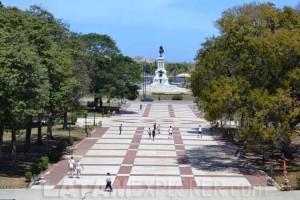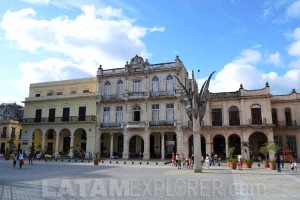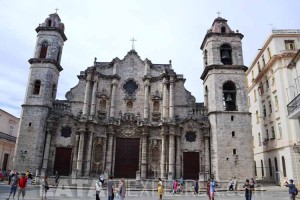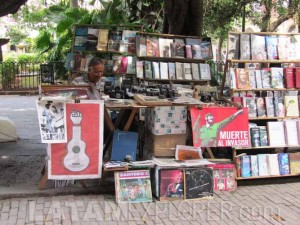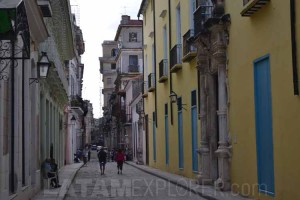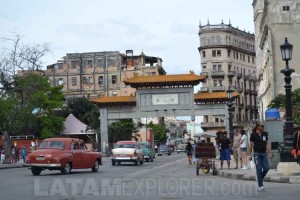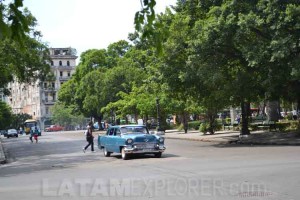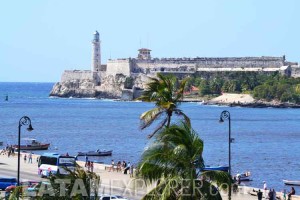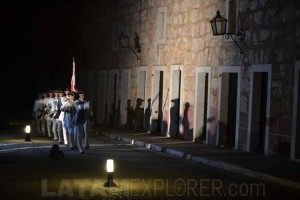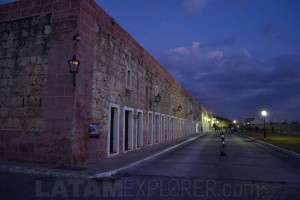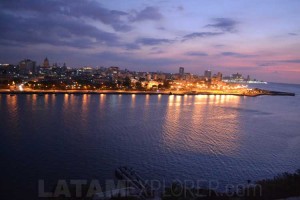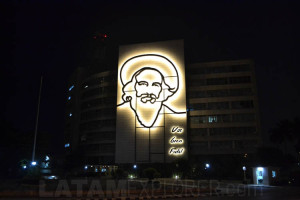Home > Destinations > Caribbean Islands > Cuba > Havana
Havana, Cuba
Havana is the capital, largest city and main port of Cuba. With a population of approximately 2.1 million inhabitants, it is the place one in five Cubans call home. Partially stopped in time somewhere around the 1950s, with its few skyscrapers and old American cars, Havana clearly shows some of the effects of the embargo faced by the country for more than half a century. Havana is not exactly a homogeneous city, what is somewhat contradictory to its type of government, but it is true that its contrasts are more subtle than what is observed in other similarly sized cities, particularly in Latin America.
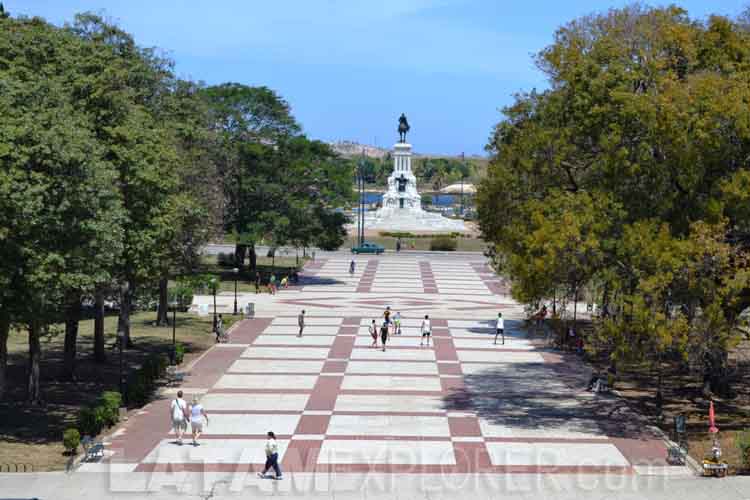
The central district, or Havana Vieja (Old Havana), is the best introduction to this city. Its squares, colonial mansions and green interior gardens still survive the pressure of time and, although making for a pleasant walk, they serve as a testimony for the lack of recent urban development in town. Some of the buildings in the old district have been completely restored after Havana was named a Human Heritage Site, but most of them lack care and show a certain feeling of abandonment. Nevertheless, touring the streets of this area allows visitors to get in contact with a world that doesn’t exist anymore in other places and to get in touch with the local people, making an exploratory walk around this zone something that should not be missed.
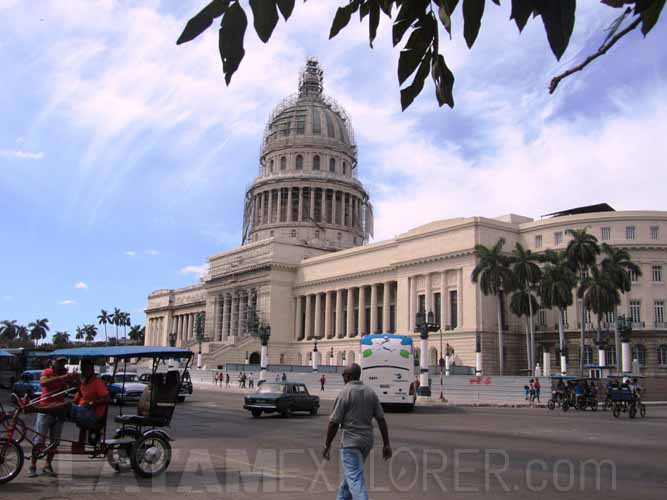
A nice circuit through the highlights of Old Havana should likely include the set of plazas formed by the Plaza de Armas, the Cathedral Square and the Old Square, each one just a few blocks away from the others. Located right in the Plaza de Armas, facing Havana Bay, the Castle of the Real Force, one of the oldest fortresses in the Americas, hosts a good maritime museum. Leaving Plaza de Armas and walking opposite to the bay, through Obispo street, you will reach the Parque Central (Central Square), where the National Capitol, built in 1929 as a near replica of its American counterpart, stands. Only one block north of the Central Square lies the National Museum of Fine Arts, home to the country’s largest collection of art. Two blocks further north stands the main museum of the country, the Revolution Museum, built with the clear propagandist purpose of highlighting the role of those responsible for the Revolution that brought Fidel Castro to power in 1959.
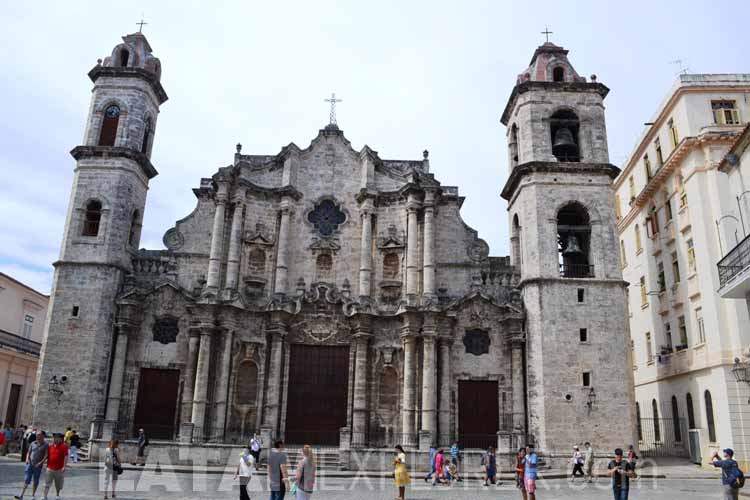
The region immediately to the west of the old town is of little interest for most visitors, except those with a particular fascination for the “true Havana”. The probable exception to this rule is the coastal drive, known as Malecón, which begins to regain its former popularity and attracts a small, but varied, crowd in search of relaxation and good music everyday around sunset time. Following the Malecón for about 2km (1.2mi) from the end of Old Havana you’ll reach the Hotel Nacional de Cuba, an iconic building that signs your arrival to the Vedado area, a neighborhood with no particular attraction, but pretty pleasant to walk by with its several hotels and restaurants.
Continuing another 2 or 3km (about 1.5mi) south of Vedado you will arrive to the Revolution Square, the place where the main parades and celebrations of the country happen, as well as the preferred location for the legendary speeches of former president Fidel Castro. The main highlights of this square are the monument to Jose Martí, considered to be the father of the Cuban nation, as well as the images of Ernesto “Che” Guevara and Camilo Cienfuegos, revolutionaries, that decorate the outer walls of two government buildings.
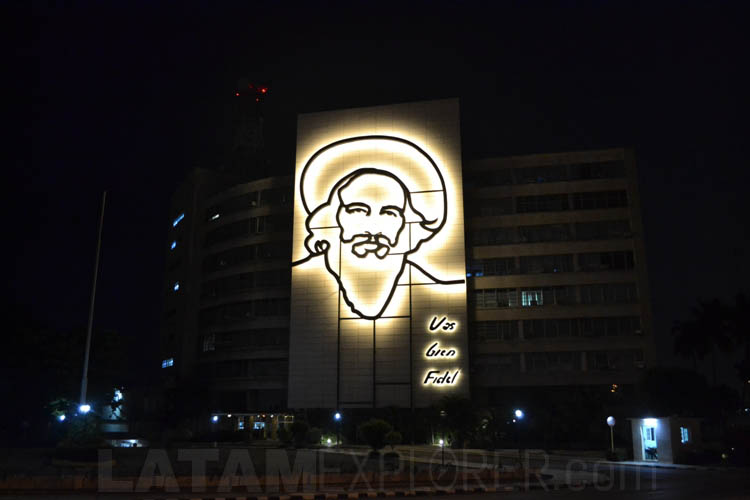
Heading west now and crossing the Almendares river you’ll get to the Miramar neighborhood. One the last areas of the city to be developed prior to the revolution, most of the city’s riches were concentrated here. Nowadays the region still presents a distinctive atmosphere when compared to the rest of the city, featuring greener streets and buildings in better shape.
A nice way of finishing a stay in Havana is watching the cannon shot ceremony, at the San Carlos de la Cabaña Fortress. This ceremony, performed daily, illustrates an ancient tradition of the colonial era when, for security reasons, a cannon shot at the fortress signed the opening time of the city gates at 4:30am and their closing time at 9pm. Fortunately for the neighbors, nowadays the ceremony only happens at night. When going there, you can make the most of your visit by exploring what was, back in the day, the third largest Spanish fortification in the New World.

After spending a few days touring the Cuban capital, you can head 180km (110mi) west to the province of Pinar del Rio, tobacco capital of Cuba, where the beautiful Viñales Valley is found. For a completely non-Cuban experience, but that guarantees lots of fun, head to Varadero, 150km (90mi) east of Havana. The cities of Santa Clara, strongly connected to Che Guevara, and of Trinidad, a colonial jewel are also places of touristic interest in the western side of Cuba.
